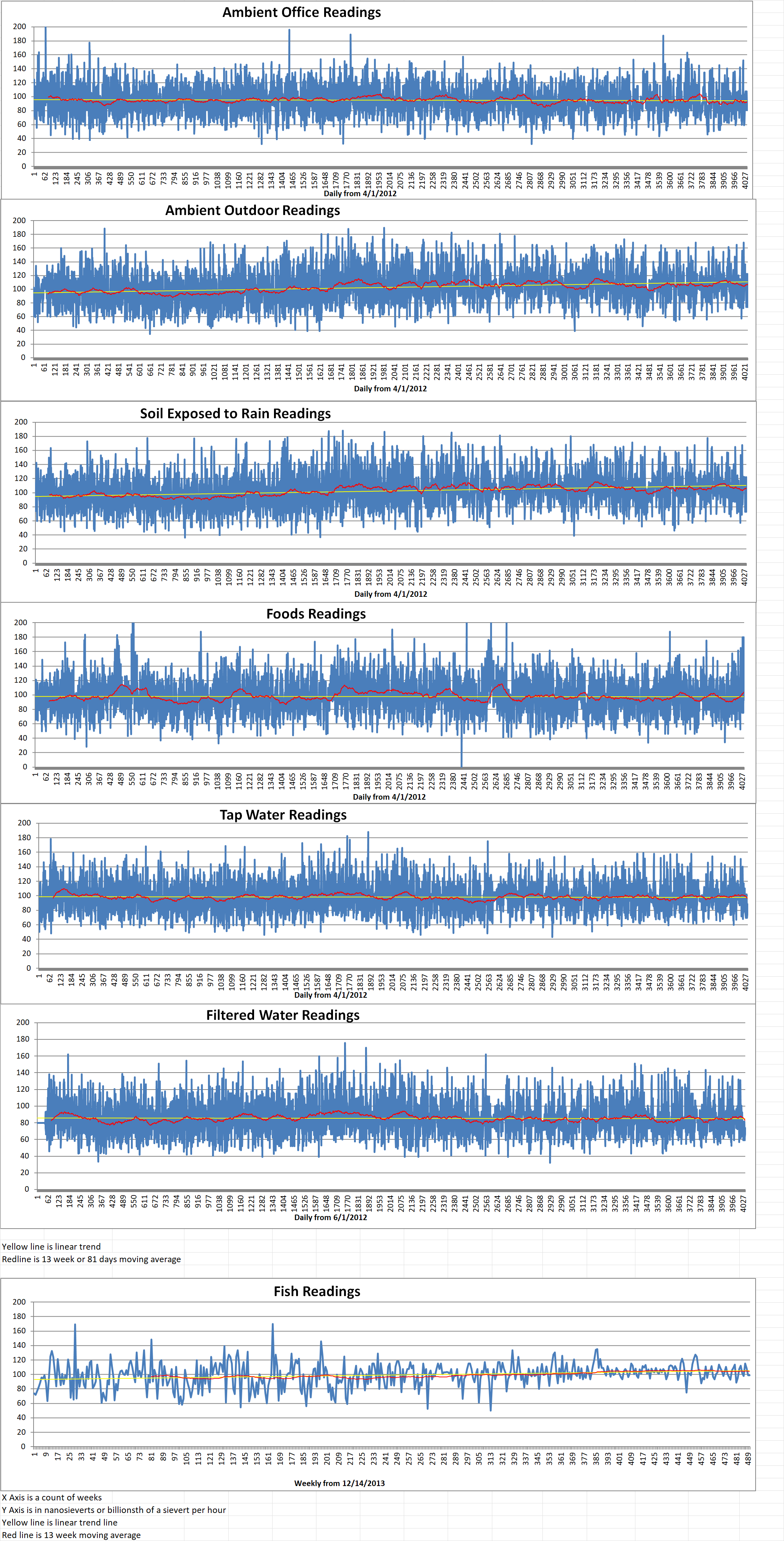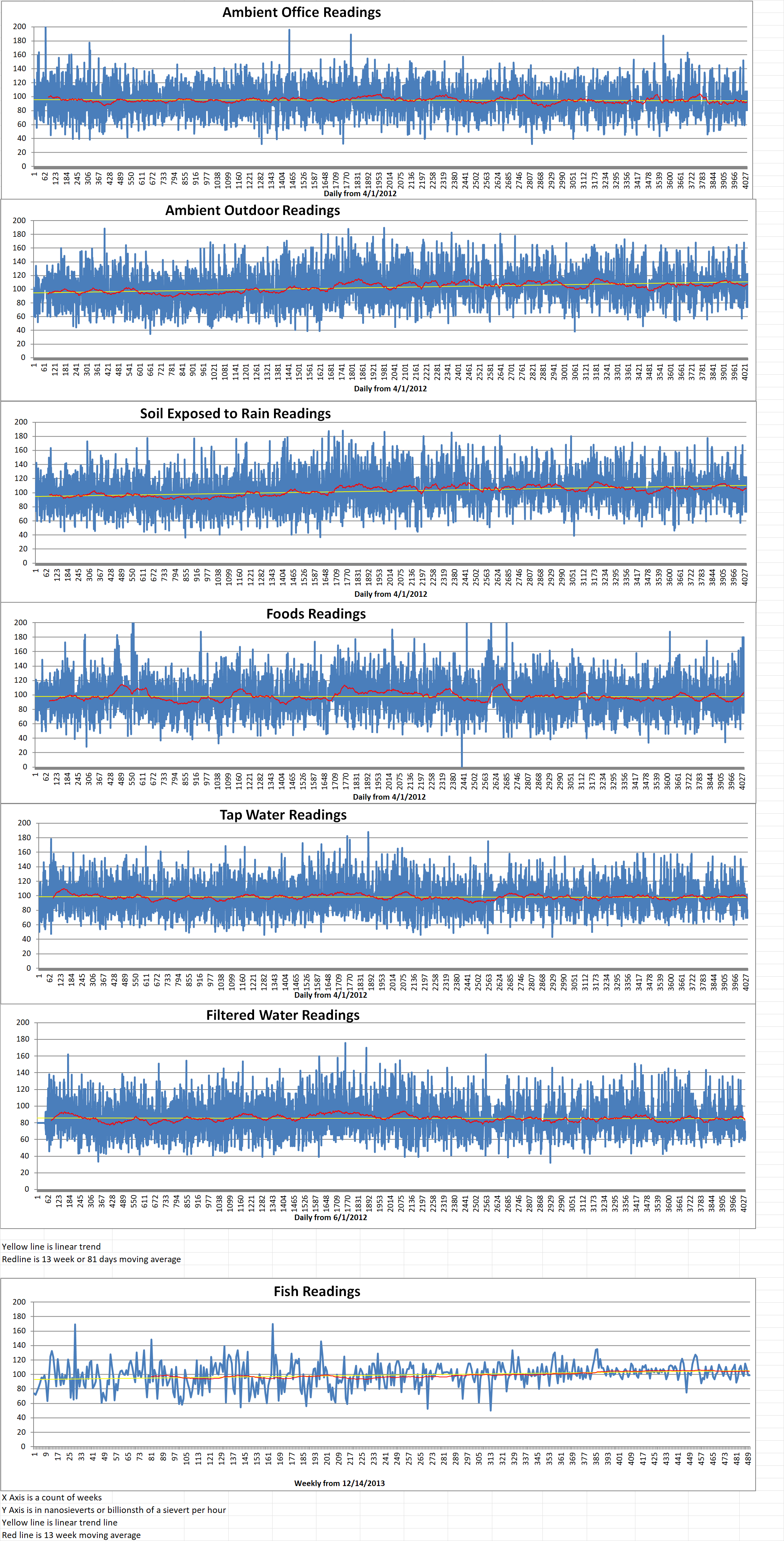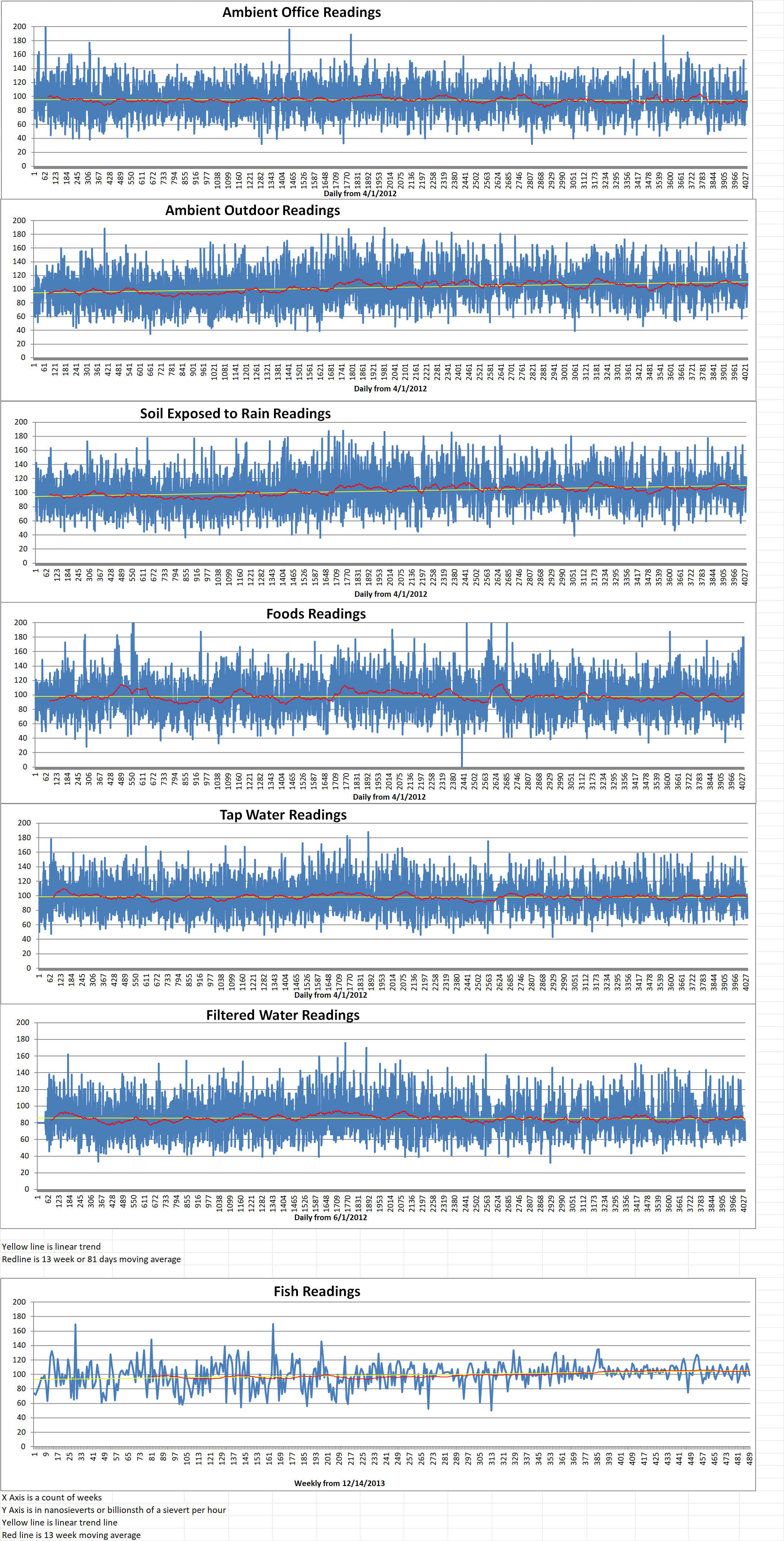Part 1 of 2 Parts
As the war between Israel and Hamas rages on in Gaza, international organizations have expressed their concern over a widening of the conflict because it has the potential to involve nuclear weapons.
In October, the surprise Hamas attack on Israel started a war that has taken the lives of thousands of civilians. Israel continues to carry out what the head of the U.N. called “collective punishment” against Palestinians civilians. The attack on Israel also exposed a weakness in its military defense. Many question whether Israel could still defend itself with conventional weapons.
In an October 9th post on X, Israeli lawmaker Revital Gotliv urged his government to unleash a “doomsday weapon” carried by Israel’s Jerico ballistic missiles. However, the extent of Israel’s nuclear capabilities and whether they would be effective in battle is an open question.
Many international organizations and countries believe that Israel has nuclear weapons. However, Israel has conducted few, if any, tests of such weapons. The mystery that surrounds its nuclear program has raised questions among military experts about the nation’s actual deterrence capabilities. Israel has long maintained a policy of “nuclear ambiguity”. It has never directly confirmed or denied the existence of a nuclear arsenal.
Daryl Kimball is executive director of the Arms Control Association (ACA). He said, “Israel is universally believed to possess nuclear arms stored in a partially disassembled state”. The nation is believed to have about ninety nuclear war heads as well as the ability to build a hundred more with its fissile materials stockpiles.
Kimball stated that the use of nuclear weapons or even the threat of their use would make Israel “an international pariah and a target of foreign, conventional military attack”. The International Campaign to Abolish Nuclear Weapons (ICAN) issued a statement recently that “Israel is a nuclear-armed state, the only such state in the Middle East”.
Alicia Sanders-Zakre is ICAN’s policy and research coordinator. She said, “Israel’s possession of nuclear weapons significantly increases the risks associated with the conflict and contributes to regional tensions. Escalation is a real danger”.
The International Atomic Energy Agency (IAEA) said that it was “following with concern” developments in the Middle East where it performs activities aimed at preventing the spread of nuclear weapons.
The Treaty on the Non-Proliferation of Nuclear Weapons (TNPNW) considers the U.S., Britain, China, France and Russia to be “nuclear states”. They have this designation because they built and tested nuclear explosives before 1967. North Korea, Israel, Pakistan and India have nuclear weapons but have never signed the treaty.
The China Aerospace Science and Industry Corporation Limited is an aerospace defense contractor for the People’s Liberation Army. They recently published a paper in their journal. The paper said that the five treaty-recognized nuclear powers “all have land, sea and air-based nuclear strike capabilities and maintain a high level of nuclear combat readiness”. However, it is believed that Israel only has land-based capabilities. The effectiveness of nuclear strikes based solely on land-based capabilities is “questionable”.
The nuclear nations that have not signed on to the non-proliferation treaty have conducted less than ten nuclear tests each. The U.S. has conducted more than a thousand nuclear tests. North Korea is the only nation that has conducted any nuclear tests since the end of the 1990s. Although other countries are no longer testing their nuclear weapons, they have been able to maintain their nuclear arsenals through scientific assessments such as computer simulations of nuclear processes.
Please read Part 2 next
Blog
-

Nuclear Weapons 836 – Does Israel Have An Effective Nuclear Arsenal – Part 1 of 2 Parts
-
Nuclear News Roundup October 23, 2023
TerraPower expands cooperation with Japan on fast reactors world-nuclear-news.org
Cameco increases 2023 revenue outlook world-nuclear-news.org
Construction under way of new Dutch radwaste facility world-nuclear-news.org
Desalination plant planned for Sizewell C construction world-nuclear-news.org
-

Geiger Readings for October 23, 2023
Ambient office = 77 nanosieverts per hour
Ambient outside = 115 nanosieverts per hour
Soil exposed to rain water = 116 nanosieverts per hour
English cucumber from Central Market = 68 nanosieverts per hour
Tap water = 84 nanosieverts per hour
Filter water = 70 nanosieverts per hour
-
Nuclear News Roundup October 12, 2023
America’s Most Powerful Nuclear Reactor Makes a Landmark Revival powermag.com
Constellation finalizes purchase of stake in Texas nuclear plant power-eng.com
China agrees to nuclear arms-control talks with US, news report says scmp.com
Sendai units to operate for another 20 years world-nuclear-news.org
-

Geiger Readings for October 22, 2023
Ambient office = 82 nanosieverts per hour
Ambient outside = 113 nanosieverts per hour
Soil exposed to rain water = 114 nanosieverts per hour
Corn from Central Market = 29 nanosieverts per hour
Tap water = 87 nanosieverts per hour
Filter water = 73 nanosieverts per hour
-
Nuclear News Roundup October 21, 2023
Illinois grapples with decades-old moratorium on new nuclear construction power-eng.com
Cameco announces supply contract at Beijing uranium forum world-nuclear-news.org
Zoning permit issued for new Dukovany nuclear units world-nuclear-news.org
AI apocalypse team formed to fend off catastrophic nuclear and biochemical doomsday scenarios foxnews.com
-

Geiger Readings for October 21, 2023
Ambient office = 93 nanosieverts per hour
Ambient outside = 73 nanosieverts per hour
Soil exposed to rain water = 90 nanosieverts per hour
Blueberry from Central Market = 93 nanosieverts per hour
Tap water = 138 nanosieverts per hour
Filter water = 130 nanosieverts per hour
Dover Sole from Central = 98 nanosieverts per hour
-

Nuclear Reactors 1294 – Ontario Power Generation Is Working On Construction Of Four Small Modular Reactors At Its Darlington Site
Ontario Power Generation (OPG) will construct and operate four small modular reactors (SMRs) at its Darlington site. It is estimated that these SMRs will contribute about eleven billion dollars to Canada’s GDP. This will include about one billion dollars to Ontario’s GDP. The SMRs will create and sustain two thousand jobs every year in Canada over the next sixty-five years. This information was reported by the Conference Board of Canada (CBC).
The SMR report said, “There is now an increasing need for investing in stable and reliable energy resources, such as commercial-scale SMR technology. The deployment of more nuclear power in Ontario is a major investment decision. It is therefore important to understand the potential economic benefits for the province and the country of investing in new nuclear power generation.”
The CBC collaborated with OPG to analyze the economic impact and fiscal benefits of building and operating four SMRs at the Darlington site. It found that the SMRs would have a significant positive impact on the Ontario and Canadian economies. Ontario would reap eighty nine percent of the economic benefit associated with the project.
Each SMR constructed would increase GDP by almost two billion seven hundred million dollars and provide five hundred jobs annually over the sixty-five year period. In addition, the amount of tax revenues accruing to all levels of government is expected to be about three billion five hundred million dollars over the next sixty-five years. This includes plant construction and operations. The estimated number of jobs created by the project will be about one hundred and thirteen thousand jobs provincially and one hundred and twenty-eight thousand jobs nationally.
The CBC found that “The economic impact, or the ratio of increased GDP to spending (the ‘economic multiplier’) is 0.82 – each dollar spent would increase Canadian GDP by CAD0.82 across the total lifespan of the technologies.”
On October last year, OPG submitted an application to the Canadian Nuclear Safety Commission (CNSC) for a license to construct a GE Hitachi Nuclear Energy (GEH) BWRX-300 at the Darlington site. This license is required before any nuclear construction work on the SMR can start. Site preparation has already begun at the site. OPG intends to make a construction decision by the end of 2024. Construction of the reactor is scheduled to be finished by late 2028. The supply of power to the Ontario grid should start in 2029.
The Ontario government announced last July that it is working with OPG to start planning and licensing for three additional BWRX-300 reactors at Darlington. Subject to Ontario government and CNSC regulatory approvals on construction. The additional SMRs could come online between 2034 and 2036. This scheduling would permit OPG to apply earnings from the construction of the first SMR to deliver cost savings on subsequent SMRs. Constructing multiple units will also permit common infrastructure such as cooling water intake, transmission connection and control room to be used by all four units instead of just one, which would further reduce cost.
Ken Hartwick is the OPG President and CEO. He said, “Being the first North American mover of this innovative technology positions Ontario as a world leader in nuclear and a welcoming destination for new business. Our plan to construct four new reactors at Darlington will also generate opportunities across Ontario and Canada as suppliers of nuclear components and services have an opportunity to expand to serve the growing SMR market here and abroad.” -
Nuclear News Roundup October 20, 2023
Russians plan to put yet another power unit of Zaporizhzhia Nuclear Power Plant on hot shutdown news.yahoo.com
Russia’s Shoigu Warns West of ‘Direct Military Clash Between Nuclear Powers’ usnews.com
Nebraska lawmakers consider ways to expand nuclear energy production theindependent.com
U.S. military bulk-buys Japanese seafood to counter China ban nbcnews.com
-

Geiger Readings for October 20, 2023
Ambient office = 85 nanosieverts per hour
Ambient outside = 104 nanosieverts per hour
Soil exposed to rain water = 103 nanosieverts per hour
Bannana from Central Market = 100 nanosieverts per hour
Tap water = 95 nanosieverts per hour
Filter water = 85 nanosieverts per hour
